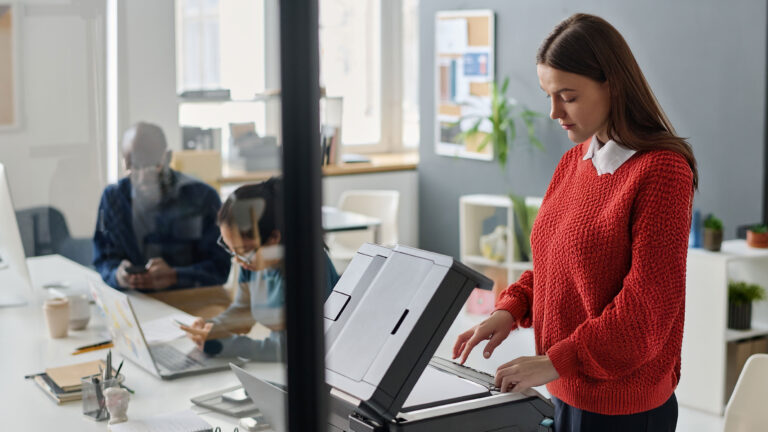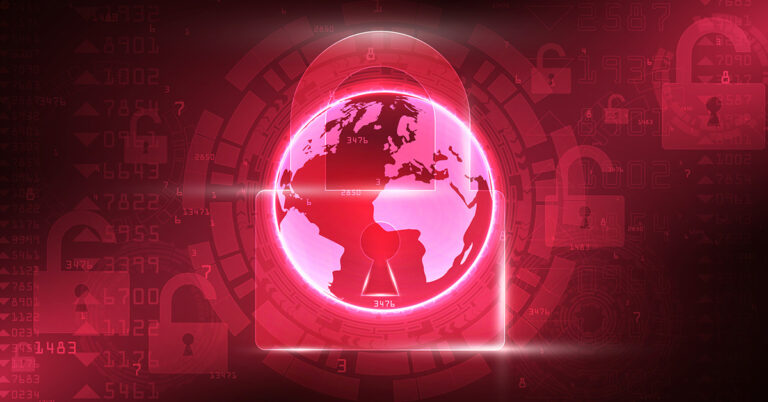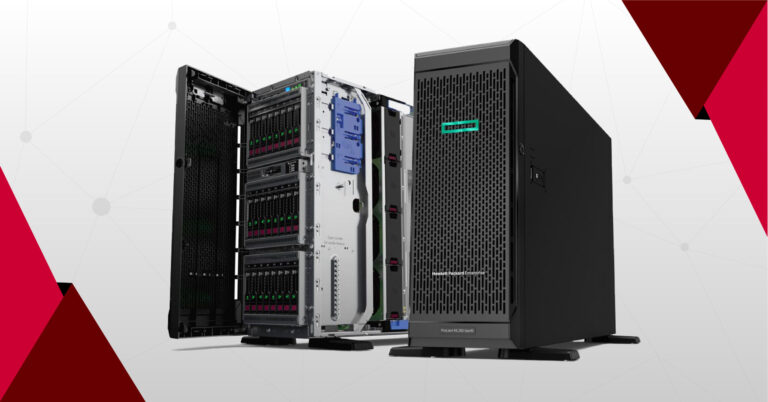Did You Know?
-
99% of account compromised attacks can be blocked by Multi-factor Authentication
-
94% of Ransomware victims investigated did not use Multi-factor Authentication
What is MFA
Multi-factor Authentication is a digital security method that utilizes additional sources of authentication, with the addition of a password, to verify that the user accessing an account is actually the user who is authorized to access it. MFA ( Multi-factor Authentication) becomes successfully enabled when at least two methods of identification are required in order to successfully verify a user’s identity prior to granting access to the account.



Best Practices for Multi-Factor Authentication
Online accounts are the norm, and their continued proliferation is inevitable. As you set up more online accounts you also create the possibility for a hack with each account. The simple step of adding MFA to your accounts and requiring it on all your business accounts will help protect your business, even if your employees are not as diligent as they should be at updating passwords regularly.
ID Credentials and passwords can be the weakest link in an organizations cybersecurity because they are frequently compromised and posted on the Dark Web. Adding MFA for your personal and business accounts is a good idea, and can be an important safeguard for your business, adding a strong layer of security to accounts employees manage for the business.
What should be protected with MFA?
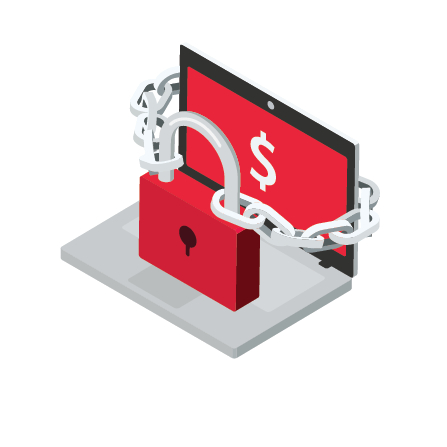
Remote Network Access
Today, more and more businesses allow authorized users (employees) to work from home and access their networks remotely. By implementing MFA for these remote users, businesses add a vigorous layer of protection that safeguards both the business and the employee.

Privileged/Administrative Access
Protecting your Privileged/Administrative Access with MFA will help prevent cyber criminals from accessing your network and launching ransomware attacks, stealing your important business data, or deploying malware.
Whether your employees access your accounts remotely, or while physically at your location, it’s a good idea to require MFA to protect against cyber attacks.
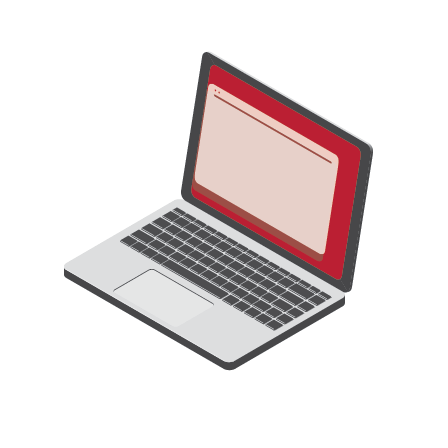
Remote Access to Email
When accessing email through a website or cloud-based service on non-corporate devices, MFA can help reduce an intruder’s ability to gain access to a user’s corporate email account. Cybercriminals like to access emails to commit different cybercrime schemes against businesses, as well as the businesses’ customers.
How does a business start to implement MFA?
Whichever method you choose to enable, MFA should be based on your organization’s needs and something simple for your team to use. The extra layer of security MFA provides is important, but each company is unique and it can seem a bit daunting to set up. If you would like assistance or advice, please reach out to us.
Our IT experts are excited to work with you!

